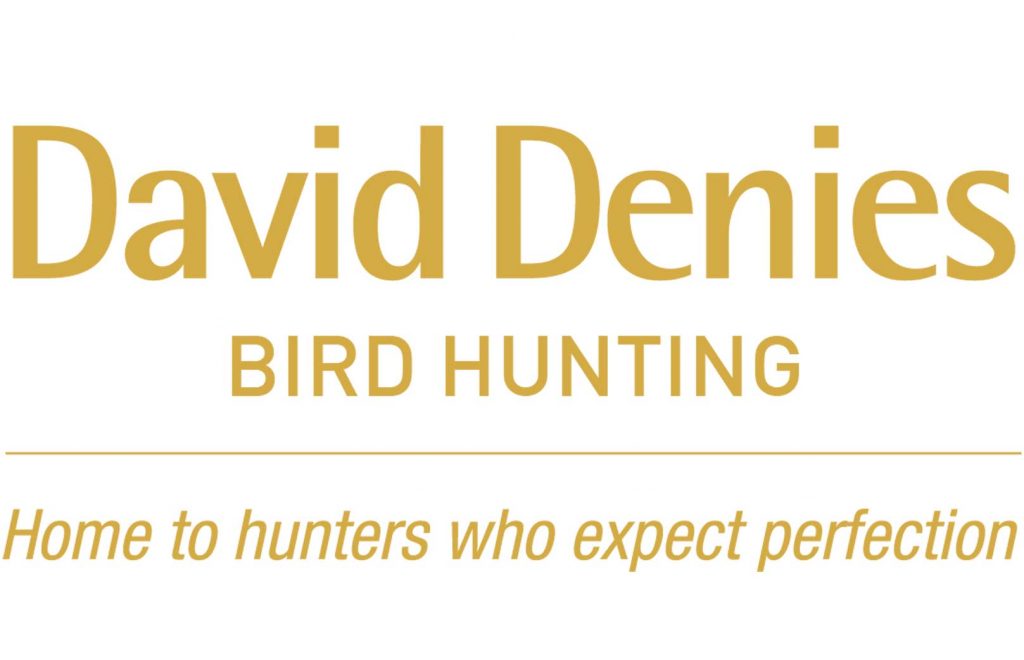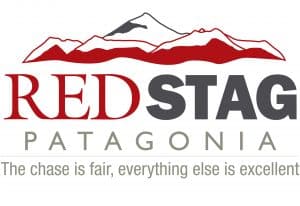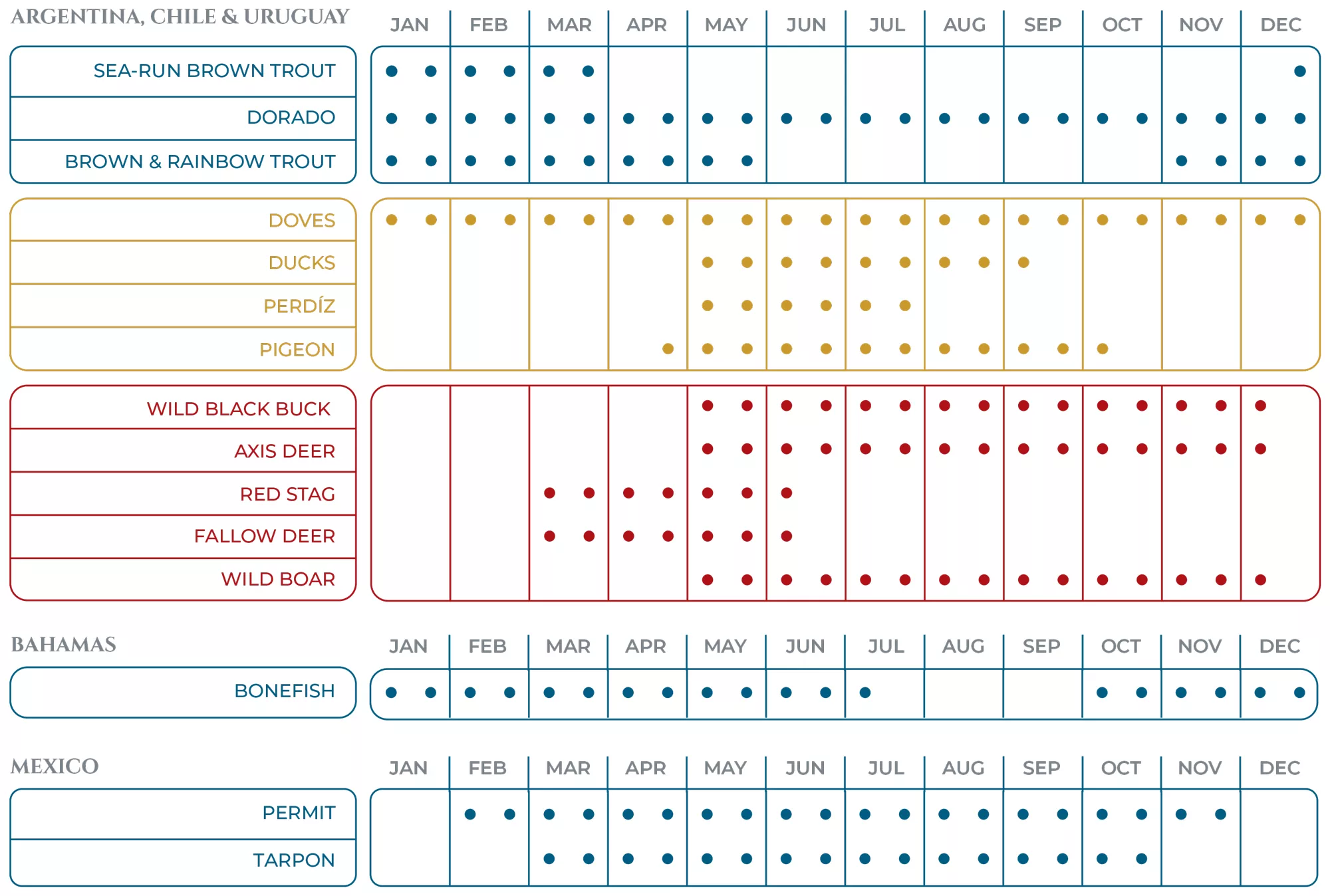What time of the year should I come?
We often get asked ”What is the best time to dove hunt in Argentina?”. Dove hunting in Córdoba, Argentina does not have specific seasons but rather depends on the behavior of the doves themselves. Throughout the year, doves are in search of food and water, which is vital for them to have easy access to. However, this behavior can vary depending on the location, the weather, and other environmental factors.
In Córdoba, there are numerous locations where you can hunt doves at any time, including sunflower fields, feedlots, hills, flats, waterholes, and roosts. The choice of location will depend on the behavior of the doves, and while some locations may be more productive during certain times of the year, you can hunt in any of these locations year-round.
At David Denies, we understand the importance of staying ahead of the doves’ movements to provide the best possible hunting experience. Our scouts regularly monitor the expansive areas we hunt, gathering valuable information that is analyzed by our seasoned, professional head guides. We also take into consideration the length of driving required to reach the field, but always with the mission of providing you with the best possible dove shooting experience.
Córdoba has a temperate climate, with mild winters and hot summers. During the summer months of December to February, temperatures can range from 75 to 95 degrees Fahrenheit, making hunting in the middle of the day uncomfortable. That’s why it’s the perfect time to take a break and enjoy a delicious asado under our tented quinchos and rest in the shade of the trees before heading out for the rest of the day. This break will help you stay energized and refreshed for the remainder of the day’s hunting activities.
In the fall months of March to May and in the spring from September to November, temperatures in Córdoba are milder, with highs ranging from the mid-60s to the mid-70s Fahrenheit. The weather is generally dry during this time, which makes for excellent hunting conditions.
Winter in Córdoba runs from June to August and can be chilly, with temperatures ranging from the mid-40s to the mid-60s Fahrenheit. This is the coolest time of the year, but it’s still a great time for hunting. So whether you prefer mild or hot weather, there’s a perfect time for you to come and enjoy the hunting experience in Córdoba.






